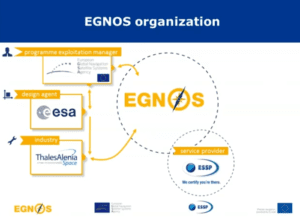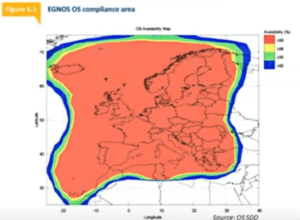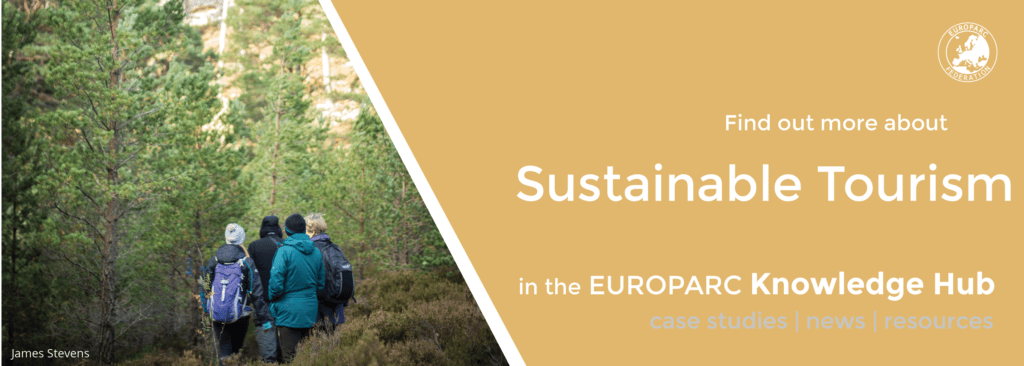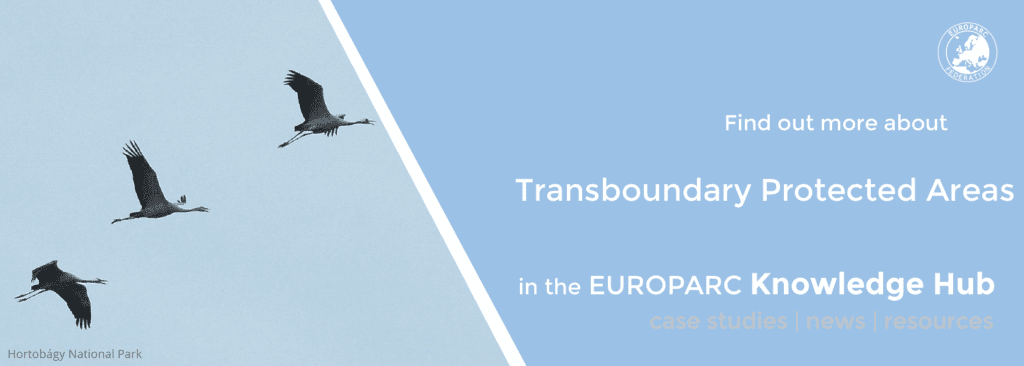New Brochure on LIFE projects
© Thierry Fournier
In this new Brochure on LIFE projects, you can learn more about nature conservation initiatives in Europe.
Interested in learning more about nature conservation projects in Europe? Then have a look at the new brochure on LIFE projects, published by EASME.
The brochure can be found here.
There are many NGOs in Europe all working towards the same goal: nature protection. A great deal are receive funding from the EU’s LIFE programme. 3.46 billion is allocated to LIFE, making it the main funding instrument of the EU for the environment and climate action created in 1992. In the latest brochure, some of these NGO grantees and their projects are highlighted, as a reminder of the recent achievements of NGO networks in the protection and promotion of biodiversity in the EU.
EUROPARC’s projects on sustainable tourism and transboundary cooperation can also be found in the brochure. Some great initiatives, like advanced booking systems that allow authorities to minimise the number of tourists on particularly popular trails, or sustainably run restaurants are highlighted. Pasvik-Inari Trilateral Park gets a honorable mention, as EUROPARC’s only transboundary park that crosses the borders of three different countries.
Nature knows no national boundaries, so we need to come together to preserve it.
With the added pressures of tourism due to COVID, as well as the sudden closing of the borders, these programmes are more important than ever. To properly protect nature in Europe, we must come together and work on our shared goals.
Additionally, you will find articles related to saving sturgeons in the Danube, natural climate buffers in the Netherlands, the restoration of wetlands in the Rhine basin as a nature-based solution to floods and droughts and much more.
EUROPARC Online Conference 2020
The EUROPARC Conference 2020 “OUR NEW FUTURE: HOW READY ARE WE?” will be an innovative 2 day ONLINE event on the 8th and 9th of September. At this online experience, we will bring you the best of EUROPARC networking
And we are off! Today EUROPARC launches its webpage and registration for the EUROPARC online Conference 2020: “OUR NEW FUTURE: HOW READY ARE WE?” online on the 8th and 9th of September. Join us, as we look to the future of Protected Areas management!
Register here!
Currently, we are living through challenging times and there are many changes around the corner. From the response to COVID-19, to the new EU strategies, parks and Protected Areas need to be involved in discussions about the future of society and be prepared with solutions to ensure they are part of a safer and more sustainable Europe.
Those working in Protected Areas need to feel equipped with tools, skills and competencies to juggle competing priorities, manage community engagement, maintain and develop partnerships, articulate political arguments and pitch new communications.
EUROPARC online Conference 2020: “OUR NEW FUTURE: HOW READY ARE WE?”
This year’s EUROPARC conference therefore, will explore these big issues and look at what skills and capacities protected areas need to address these changing times, implement the 2030 Biodiversity Strategy and respond to the post COVID-19 world.

Hearing of Commissioner-designate Virginijus Sinkevičius (News, European Parliament)
So who better to hear from then one of the driving forces behind the new EU strategies: Virginijus Sinkevičius, Commissioner for Environment, Oceans and Fisheries? He will be our first key note speaker.
For all speakers and the tentative programme, click here!
At the conference, just some of the issues we will look at are :
- What personal and organisational skills, knowledge and competencies are required to achieve the ambitions of the EU Biodiversity Strategy?
- How do we ensure healthy parks, healthy people in periurban Europe?
- Sustainable tourism: are we ready for ecotourism as the new future?
- How can Protected Areas incorporate climate change into their management practices?
- Youth is the future! How can Protected Areas implement the EUROPARC Youth manifesto to ensure young people take part in the decision making processes?
And much more.
Speak up!
With the EUROPARC Conference 2020 we want to provide an innovative event that provides ample opportunity for the exchange of best practice and experiences. This is why we created “Speaker’s Corner”. EUROPARC Federation is opening the stage to its members and conference delegates, to come and present their work to their peers.
This interactive session will be a great opportunity to learn and discuss protected area matters. These slots are open to exchange views and ideas about specific conservation practices. This is an opportunity to present project results or highlight current initiatives in a 20 minutes session .
If you wish to get on stage, please apply here by Aug 21, 2020
Let’s get future-ready, together. Join us, meet like-minded people and let’s work on a healthy and green future for Europe at the EUROPARC ONLINE Conference 2020 on the 8th and 9th of September.
Go to the EUROPARC Conference 2020 webpage here
Go here for last year’s EUROPARC Conference in Latvia.
EGNOS : a satellite-based system to support Protected Areas
In the age of digitalization, new tools are being developed. Some of them can be of great benefit to the work of Protected Areas by facilitating the collection of information, monitoring, and exchanges of good practices. One of these is the EGNOS initiative: the European Geostationary Navigation Overlay Service. They present a public and free tool that can help nature conservation.

The programme exploitation manager is European Global navigation Satellite Systems Agency (GSA).
What is EGNOS?
The European Geostationary Navigation Overlay Service (EGNOS) is the public and free satellite-based augmentation system (SBAS) provided by the European GNSS Agency (GSA). EGNOS is a free public service provided by the European Commission that corrects the GPS data, reducing the error of the location measurements.
What are the benefits of this tool for Protected Areas?
Protected Areas can benefit from EGNOS for typical GPS field operations carried out in the framework of conservation of their ecosystems and management of their infrastructures. By providing more accurate positioning data, EGNOS allows to have better references of the Protected Areas’ elements in digital maps of geographic information systems (GIS). In this sense, EGNOS enhances the location and revisit of individual elements such as dens, lairs, nests, shrubs, trails, trees, dustbins, litter, picnic tables, signposts, etc. In addition, perimeters and areas, such as those of burned fields, ditches, groves, peat-lands, bodies of water, etc., can also be measured more accurately with EGNOS. In this way, EGNOS facilitates, to both field managers and operators, the performance of tasks related to the inventory, monitoring and maintenance of both natural and manmade items in Protected Areas. Concretely, it can help Park Managers for trail tracking, species monitoring and safety…
How does it work?

Area covered by EGNOS
EGNOS is available in almost all handheld GPS devices so no additional infrastructure (base station, radio link, mobile network coverage, etc.) is required. Protected Areas field employees only need to activate and configure EGNOS correctly in their equipment to automatically get more accurate positioning data at no cost. In this sense, it is essential to set the current active EGNOS satellites, whose PRN identifiers are provided in the EGNOS User Support Website. Some examples on how to configure EGNOS in mapping and GIS receivers can be found here.
For more detailed information of the proper configuration of EGNOS and its benefits for mapping and GIS applications, please take a look at this webinar recording. In order to have all the EGNOS up-to-date information with you, the EGNOS app is available for both Android and iOS. Finally, for any inquiry or issue, please do not hesitate to contact the EGNOS helpdesk by email: egnos-helpdesk@essp-sas.eu, phone: +34 911 236 555 or online form.


